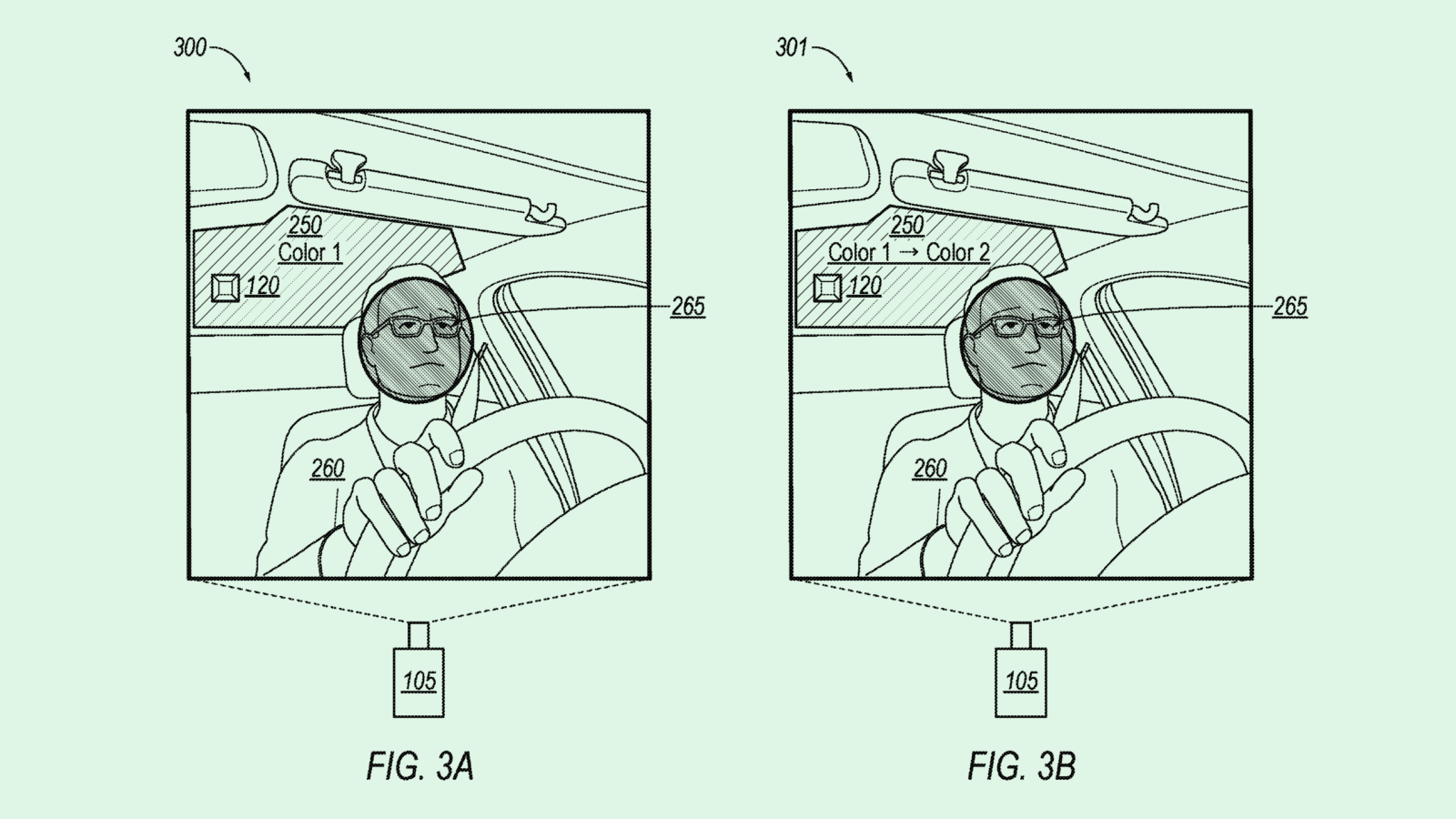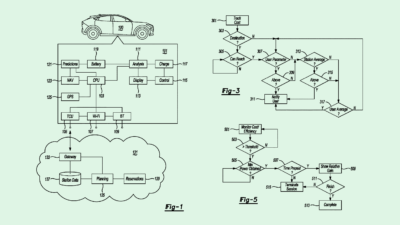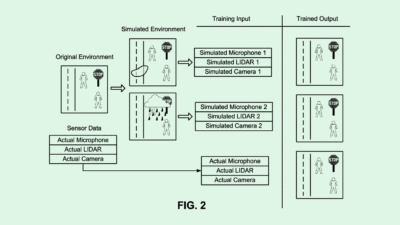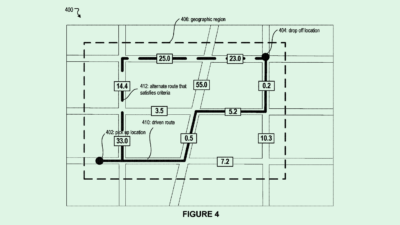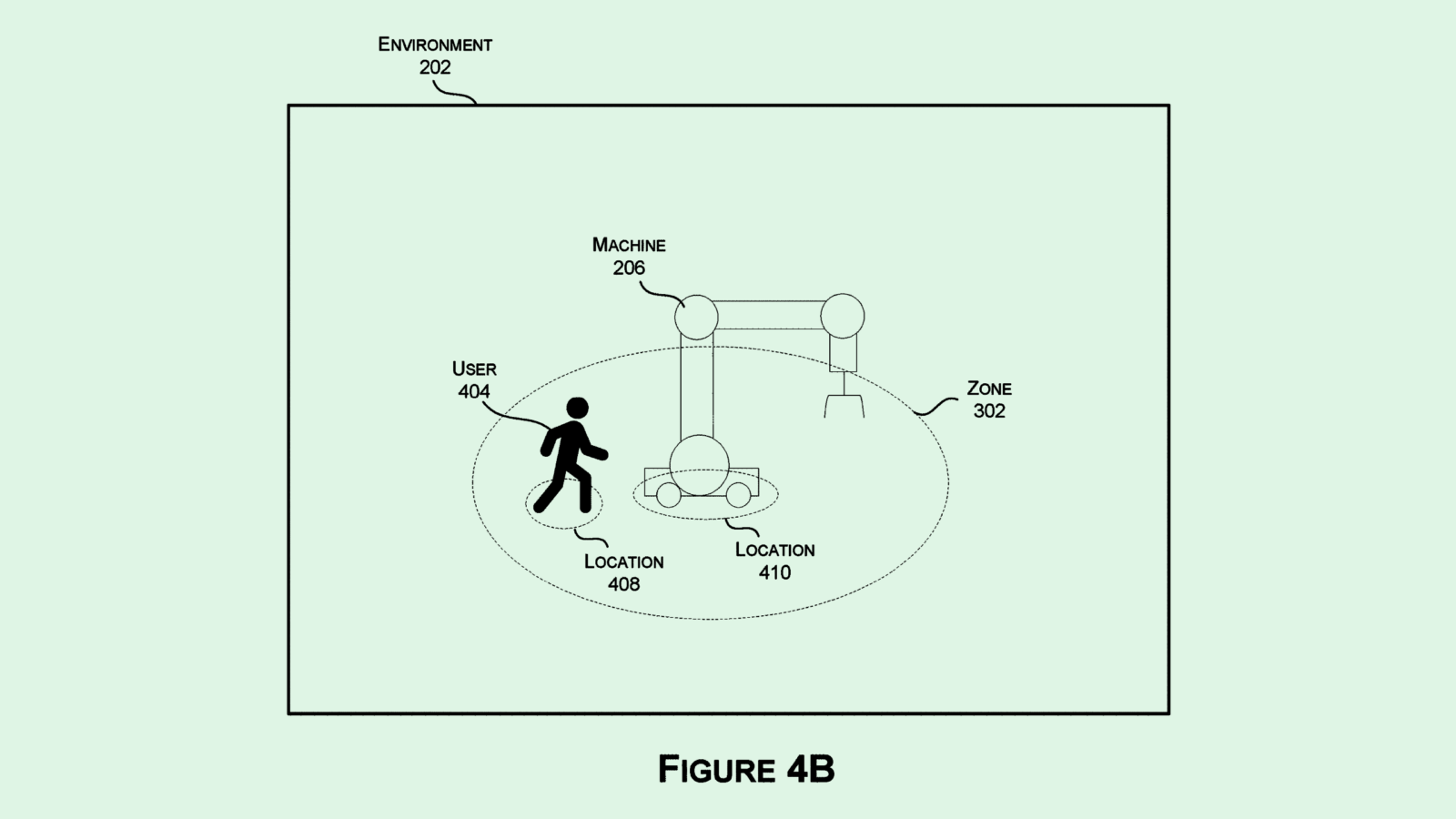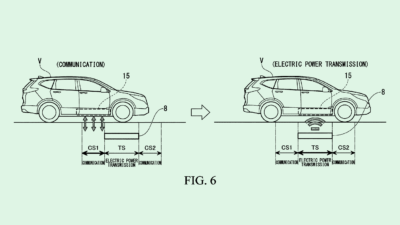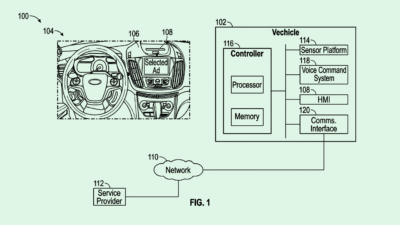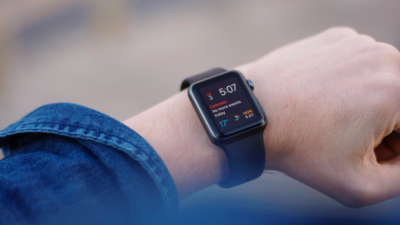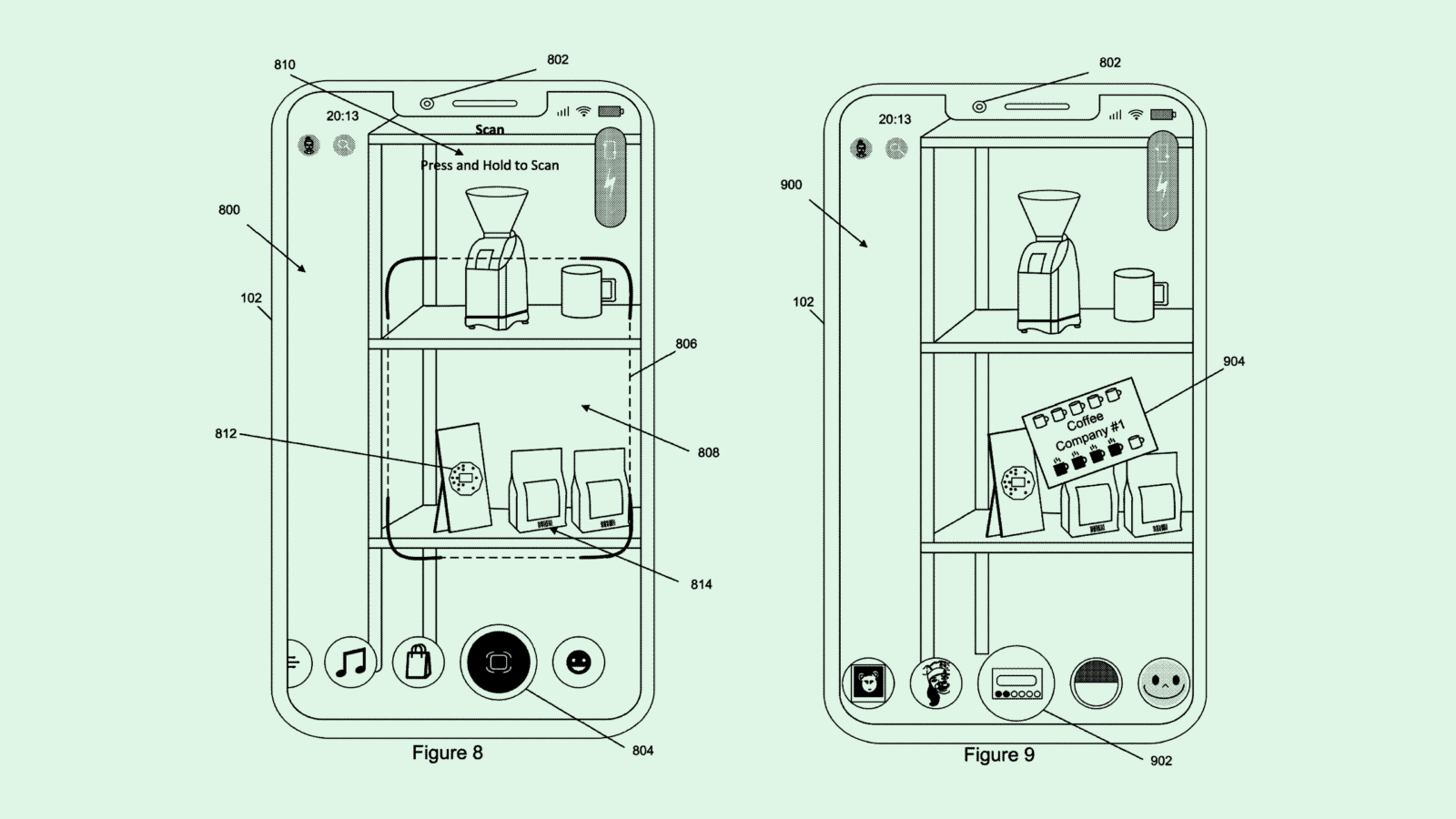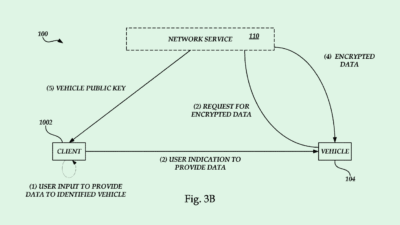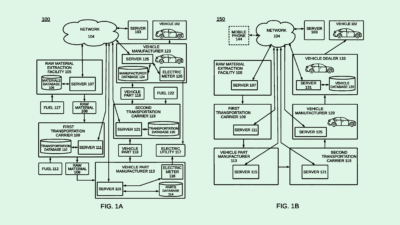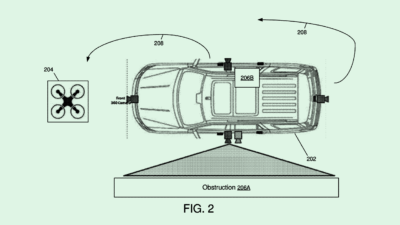Ford Balances Charging Demand to Get More EVs on the Road
The lack of charging infrastructure in the US has hurt consumer sentiment towards EVs. Ford may be looking at ways to fix it.
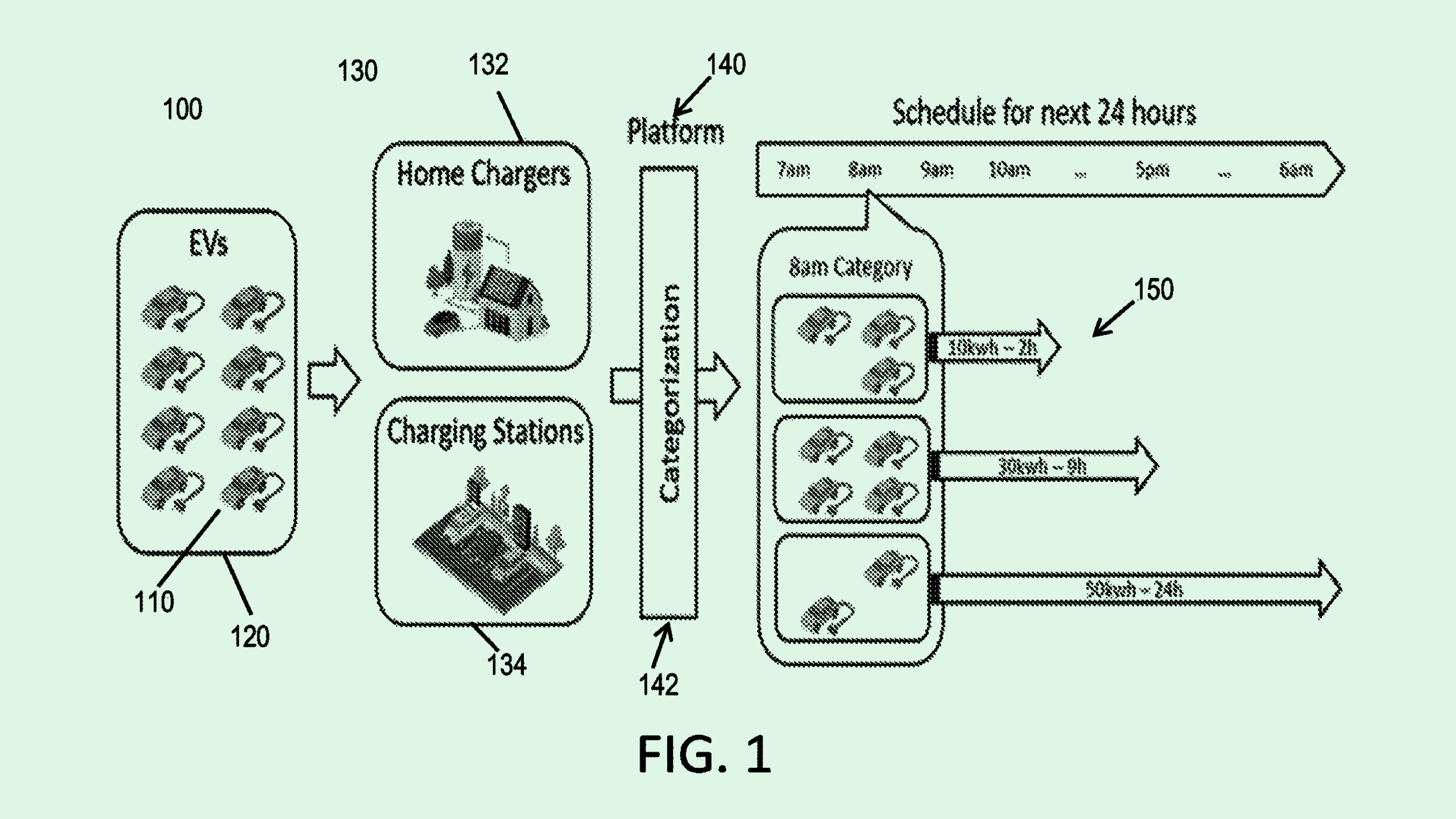
Sign up to uncover the latest in emerging technology.
Ford wants to make sure every EV gets charged when it needs to (without completely draining the power grid).
The automaker filed a patent application for “smart charge scheduling” for a fleet of electric vehicles “considering grid demand.” Ford’s application details a system to control charging of multiple EVs “arriving at, and departing from, different charging stations at different times.”
EV adoption “poses challenges (to) both charging service providers (charging platforms) and the grid operators as a large-scale EV charging market leads to a highly random and significant load to the power grid,” Ford said.
Ford’s system assigns EVs to different categories based on factors like arrival time, requested departure time, charging station, state of the battery’s charge and how much the owner wants the vehicle to get charged. These categories, which are divided into “inflexible and flexible charging demand types” depending on how much charge is needed, allow Ford’s system to prioritize which cars need a power-up more urgently and minimize congestion.
Ford notes that its system overcomes challenges faced by conventional EV charging algorithms, which “either do not exploit information that are available from past data or are too computationally complex to be able to schedule a large number of EVs.”
The cost structure is determined by demand and available grid electricity. If the available electricity can’t meet the demand required from vehicles with inflexible charging types, a penalty cost kicks in for the charging platform. That means if you can’t charge your vehicle completely, you’ll get some money back for your trouble.
Though Ford continues to forge ahead with EV research, the market has dipped in recent months. EV sales have started to fall in California, a state that has historically been a strong adopter. Sales of Tesla vehicles in the state also fell 10% last quarter in its first downturn in three years. Volvo, meanwhile, cut its funding to EV maker Polestar, and Hertz announced that it’s pausing plans to buy 65,000 Polestar EVs this week after dumping 20,000 of the EVs it already has in January
Ford seems to be reading the tea leaves, too. In its earnings call this week, the company noted that it’s cutting EV investment to align with demand. Ford executive Marin Gjaja said that the company will release its next generation of EVs “only when they can be profitable.”
One common sticking point for consumers is the price tag, said Madeline Ruid, AVP and research analyst covering clean energy at Global X ETFs. If more EVs in the $40,000 to $50,000 price range hit the market, “That’s when the pool of potential buyers can begin to expand,” she said. And Ford seems to agree with this sentiment: CEO Jim Farley announced yesterday that it’s working on its own low-cost EV platform to rival Tesla.
The lack of charging infrastructure in the US has hurt consumer sentiment even further, said Matt McCaffree, VP of utility market development at clean energy parking and mobility company FLASH. Ford’s patent aims to address the issue with a load balancing technique that’s often used by utility companies called residential demand response.
This technique uses an algorithm to balance energy output to systems in people’s homes, such as air conditioners, based on demand and grid capabilities.
Its use in electric vehicles, however, could be novel, McCaffree said. “What’s unique about this is that we’re talking about vehicles, which are highly mobile sources of demand. Being able to manage the charging time and directing drivers towards different locations potentially is where that novelty comes in.”
The state of the US energy grid is far from where it needs to be to support large-scale EV adoption. Using EV power itself as a “grid edge resource” is an option to support this, said McCaffree, and something Ford has even looked into with past patents. But the concept of taking power from consumers, rather than giving it to them, is something that people may have a hard time embracing, he said.
But Ford’s demand-balancing technique could represent “baby steps” moving toward that, McCaffree said. “I think that one of the tasks that we have ahead of us as an industry is getting consumers comfortable with that flexibility of charging.”
